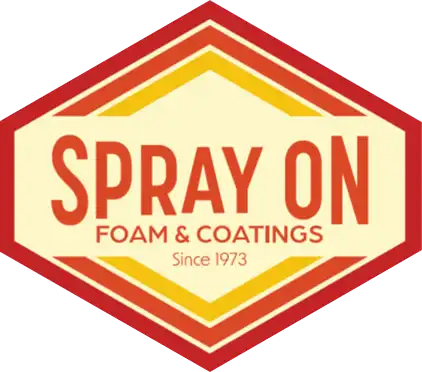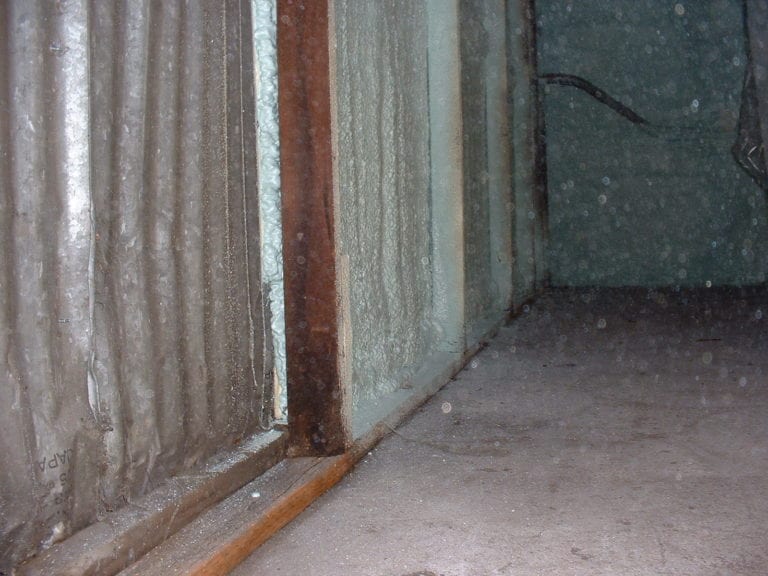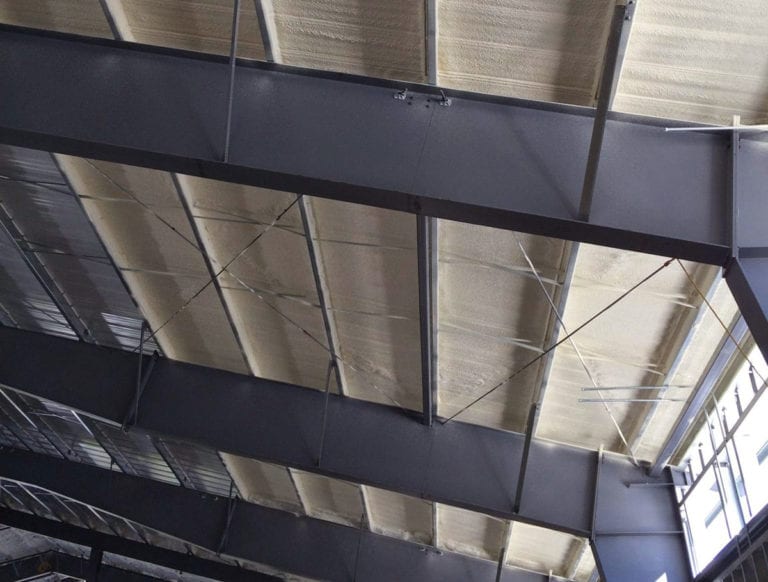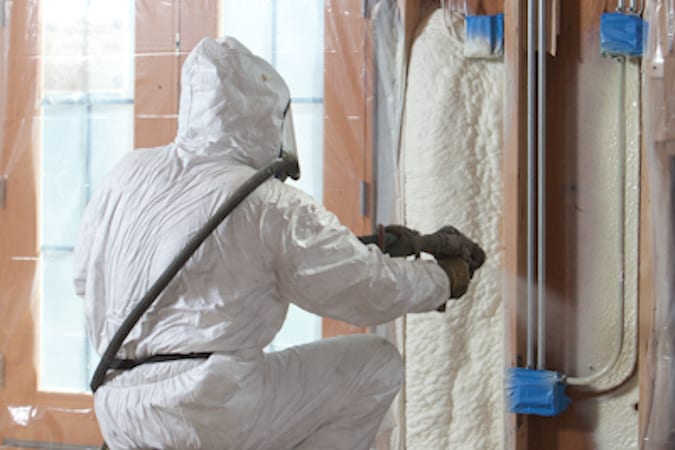What’s the Difference Between Open- and Closed-Cell Foam Insulation?

It’s important to choose the right type of insulation for a commercial or residential project. Spray foam is either open-cell or closed-cell. The two types of insulation differ in cost, application, and capabilities.
The differences boil down to density, structure, and application. If you want to insulate a metal commercial building, you wouldn’t necessarily choose the same type of spray foam that’s used for a home.
Most projects require that you choose either open- or closed-cell foam insulation, but some may need a combination of both types. Location and climate are also important considerations. In the Pacific Northwest, especially here in Vancouver and the rest of southwest Washington, moisture is also a consideration.
If you own a commercial building in the Portland-Vancouver metro area, you may want to choose an application that strengthens ceilings and walls.
What’s the Difference Between Open- and Closed-Cell Foam Insulation?
Spray foam consists of many tiny cells or bubble-like structures. Open-cell foam is soft because the cells are open.
Closed-cell foam consists of closed bubbles. The cells or bubbles pack together tightly. Gas rather than air fills each cell. The gas helps to expand the foam and improve the foam’s insulating properties. Closed-cell is stronger and denser than open-cell foam.
Both types of insulation use a blowing agent for application. Water is the blowing agent for open-cell foam. Technicians use chemicals that increase insulation when applying closed-cell foam.
Which Type of Spray-Foam Insulation Has Better Insulating Properties?
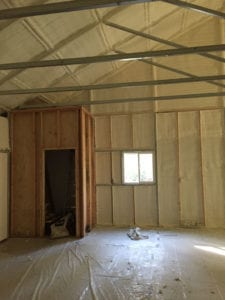
Because of its density, closed-cell foam is the more robust insulator. It also resists air and water vapor. While open-cell foam doesn’t provide the benefits of closed-cell foam, it is an adequate choice in the right situation. Compared to fiberglass or cellulose, open-cell is a superior insulator.
Which Type of Spray Foam Is Most Affordable?
Open-cell spray foam has a lower cost than closed-cell foam. It is an excellent value and the right choice for many buildings. If greater insulation, R-value, is needed along with resistance to air and water vapor, closed-cell is the better choice. R-value expresses insulating effectiveness. Closed-cell costs more in part because it requires a greater volume of blowing agent.
Which Type of Spray Foam Is Right for Your Project?
Many commercial buildings choose closed-cell spray foam. This type of insulation can strengthen walls and roofs while taking up very little space. It also controls water vapor effectively. Open-cell is the best option when you’re insulating to reduce noise and for some interior applications.
There are many things to consider when deciding between types of insulation. Contact Spray-On Foam for help choosing the right material for your project.
